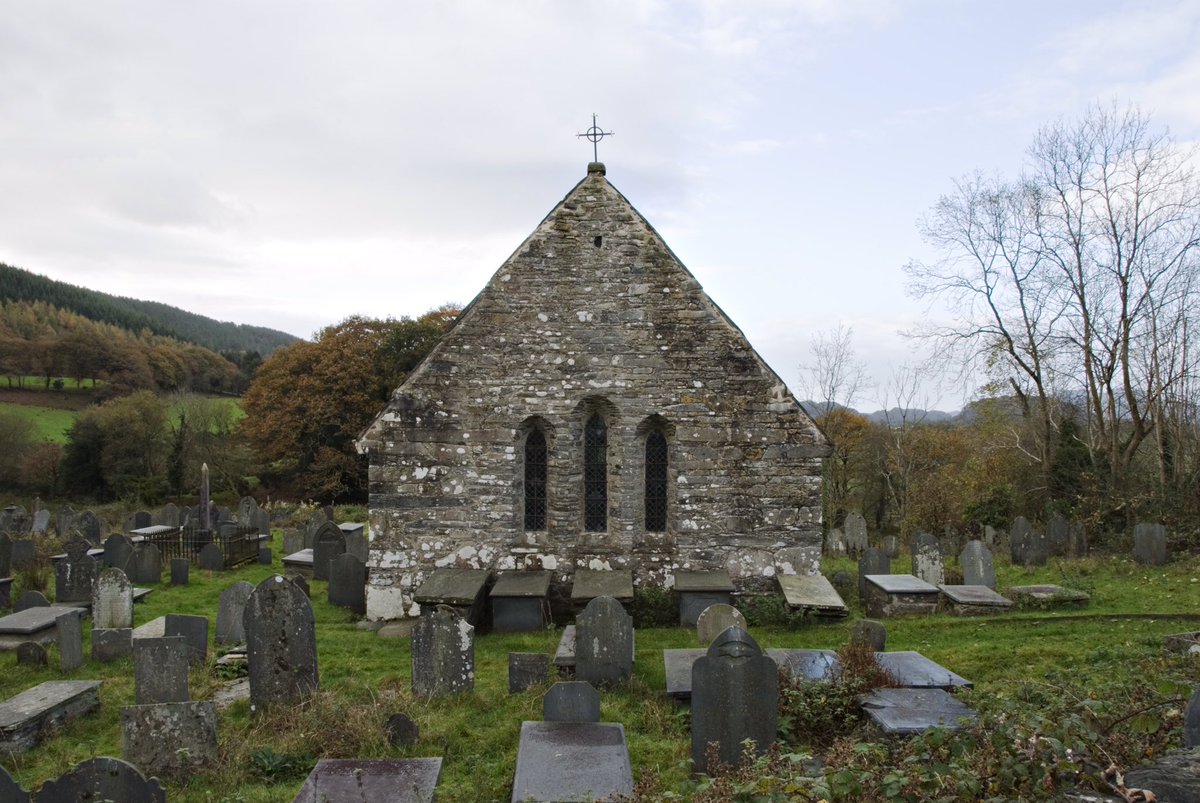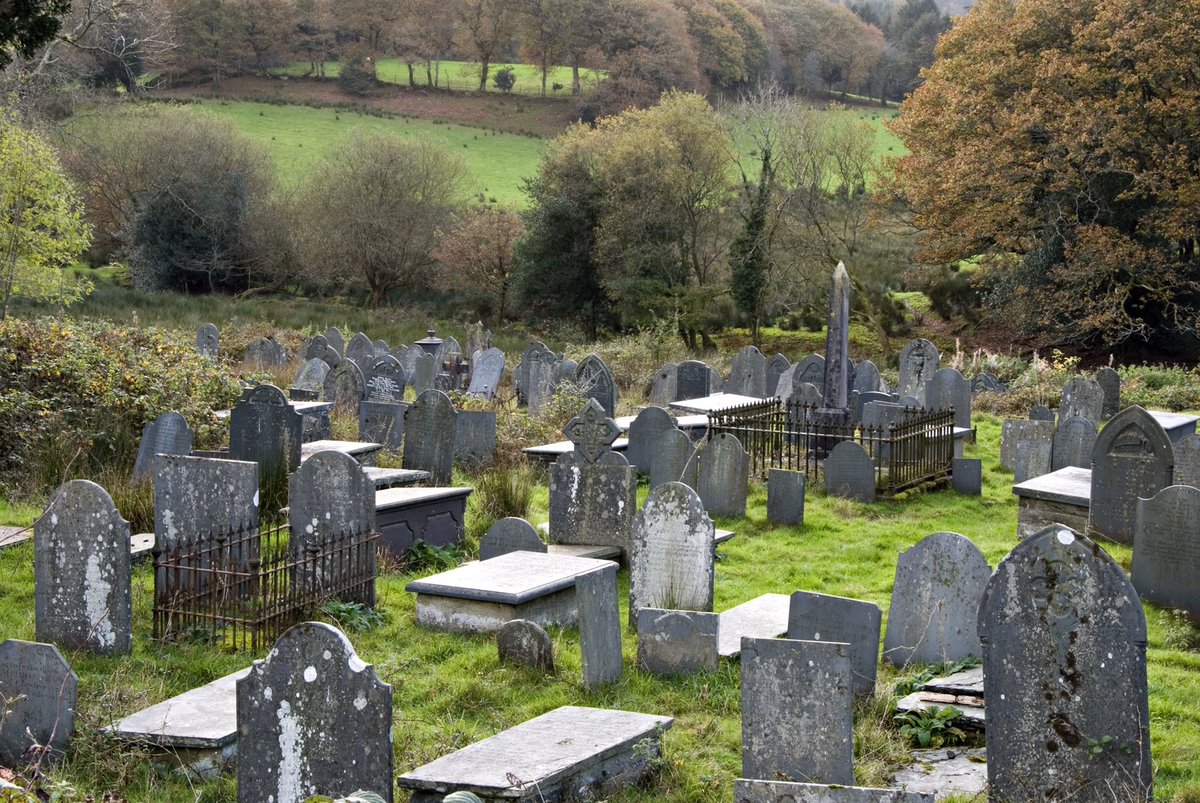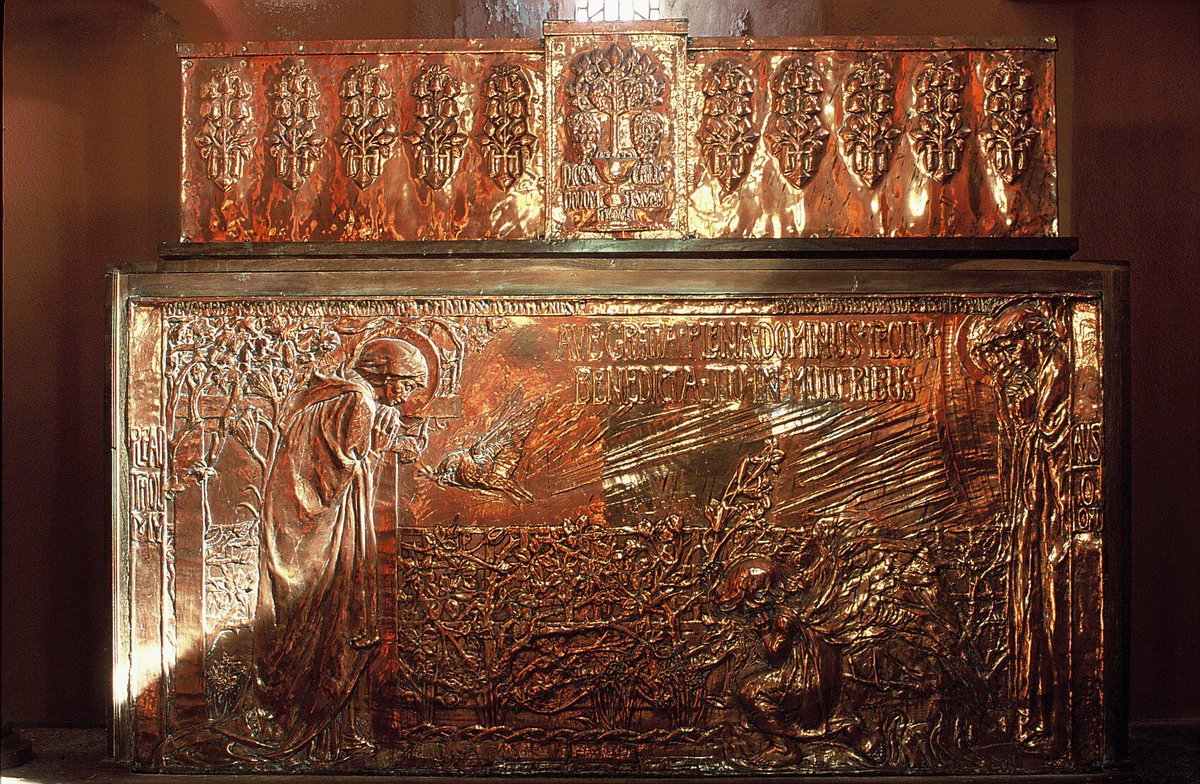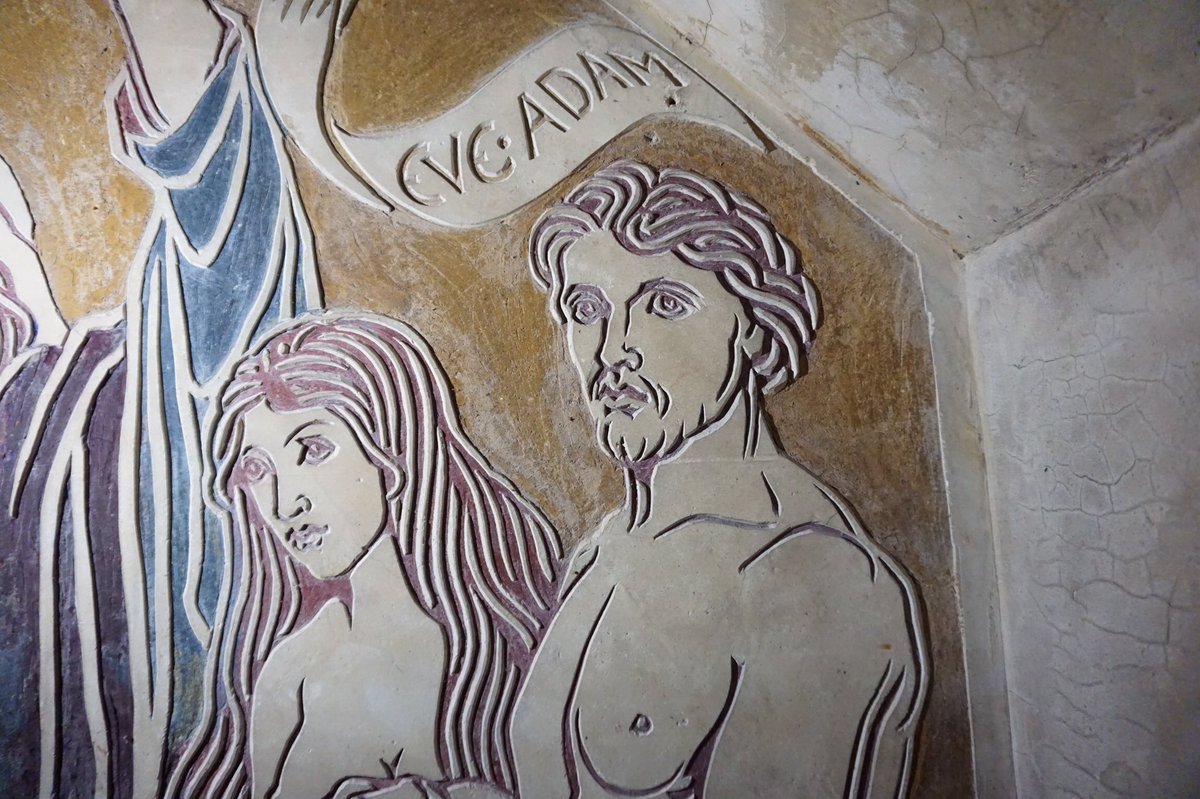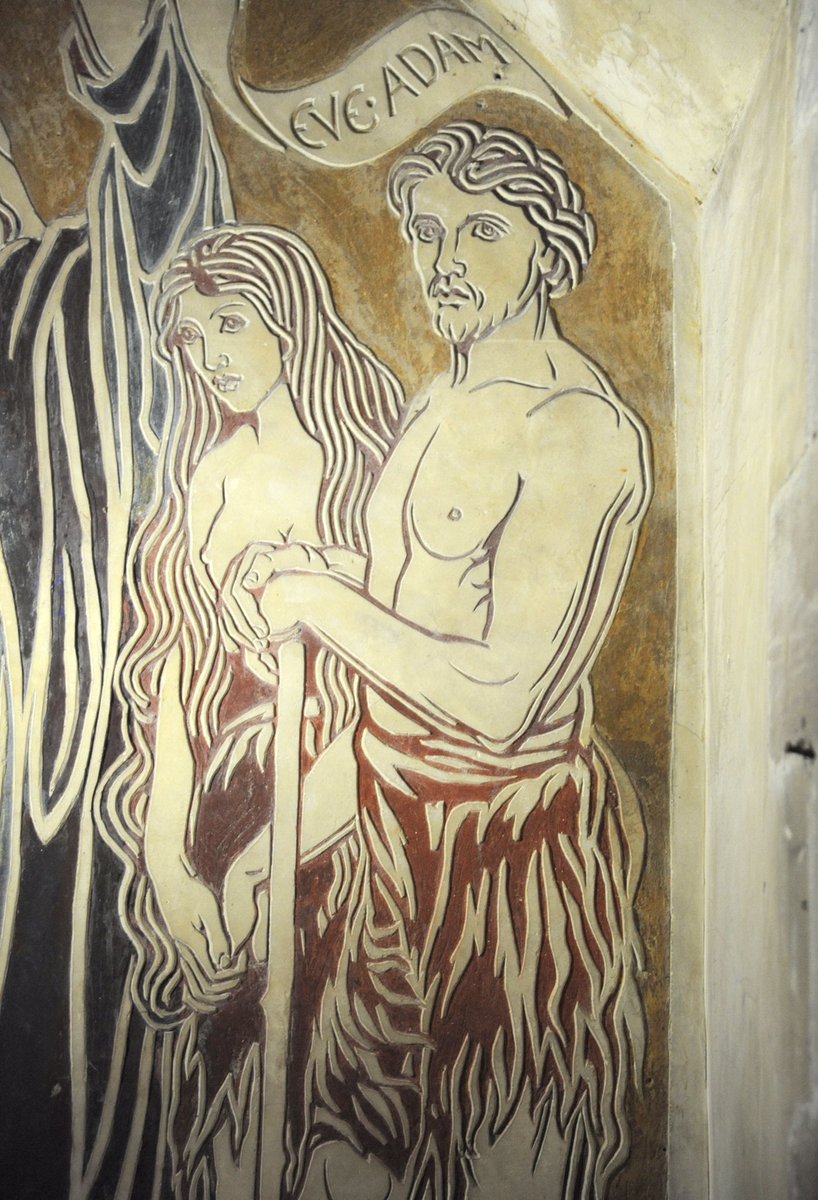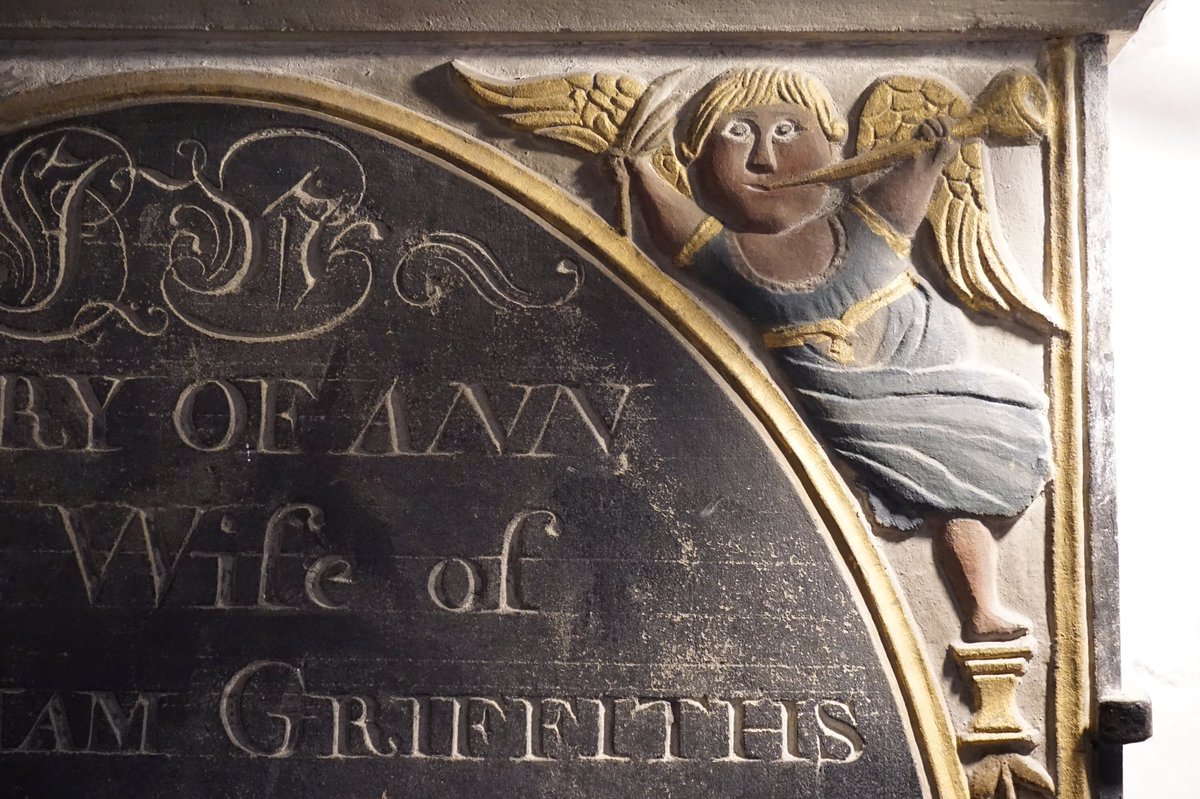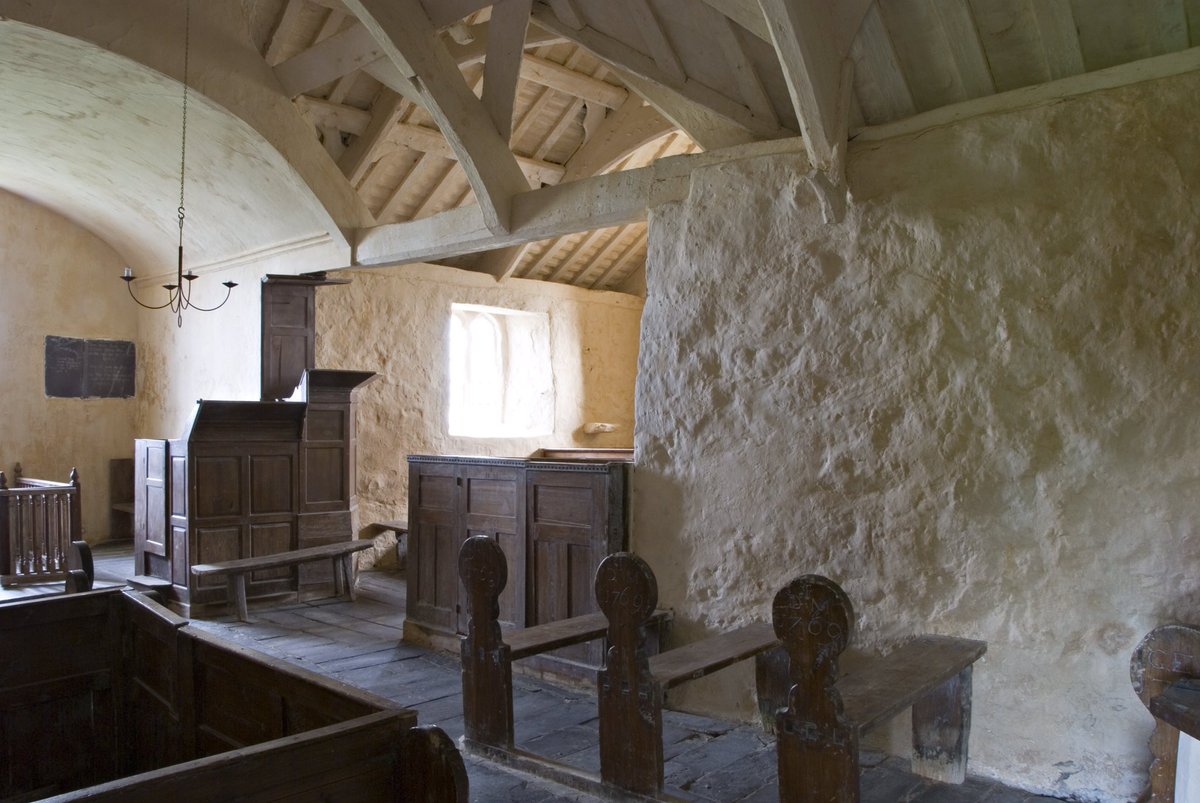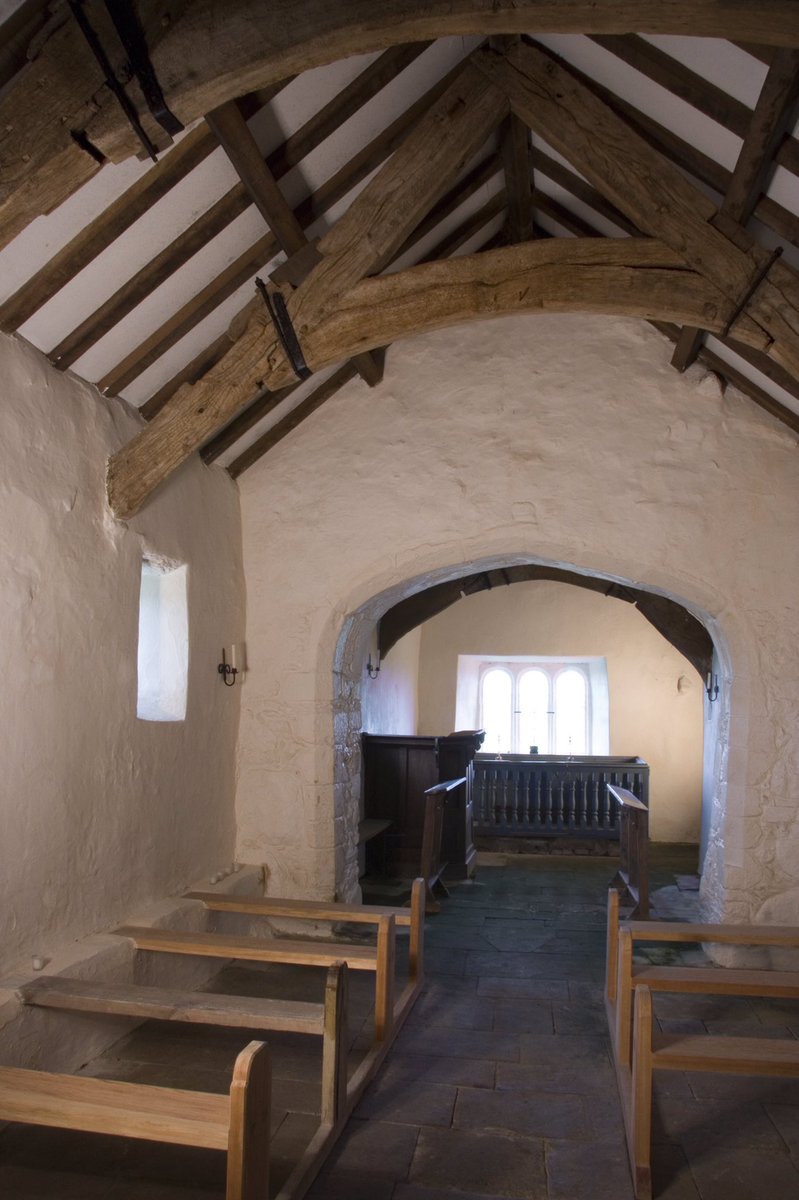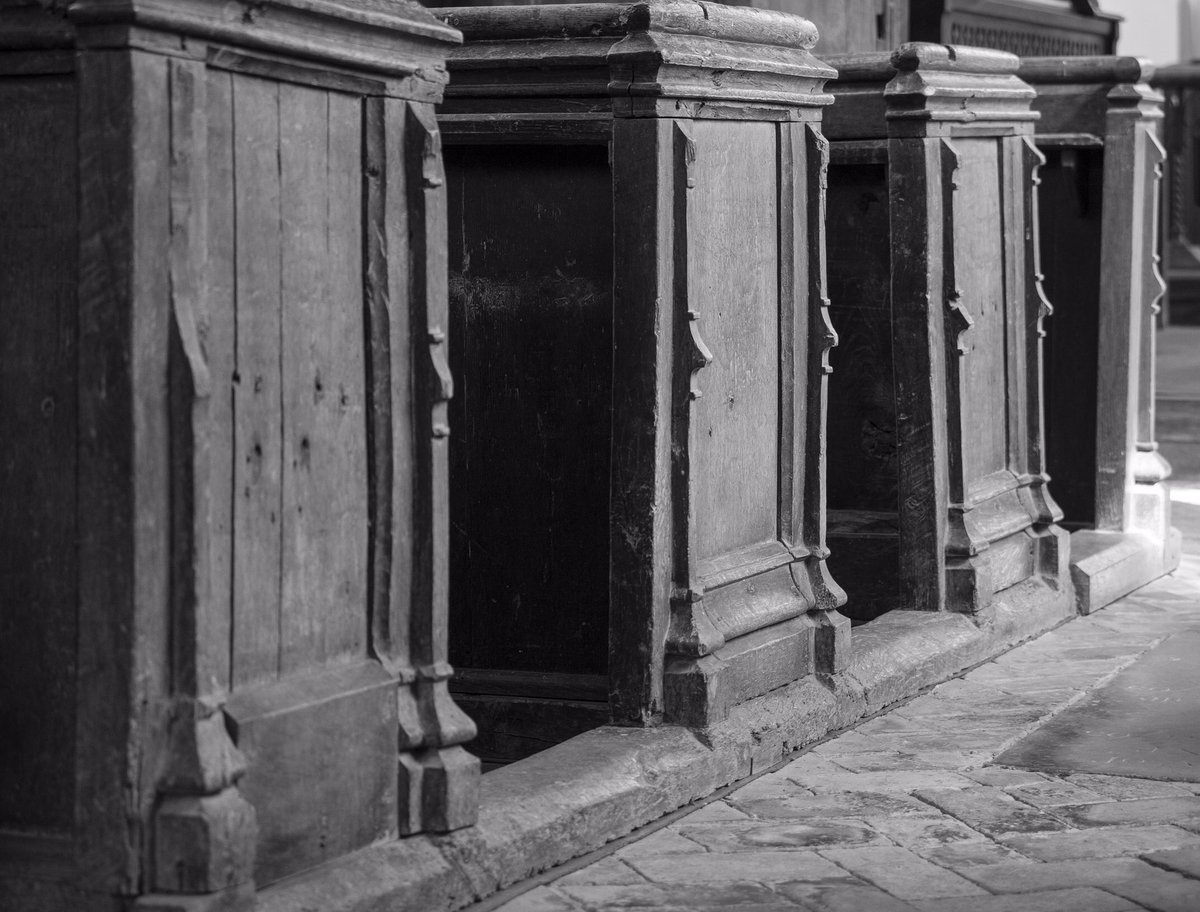
You wouldn't guess it by looking at the rural ruins of St. Andrew's, South Huish, in Devon, but they are connected with an invention that ignited the British Industrial Revolution …
/thread 1/5
/thread 1/5

In this church, 315 years ago today, a couple made their marriage vows. Hannah Waymouth, 23, was a farmer’s daughter. Her groom, 41-year old Thomas Newcomen, was an ironmonger.
Before long, they had 3 children.
2/5
Before long, they had 3 children.
2/5

Beyond Thomas Newcomen’s trade and his family duties, he found time for other callings. He was a Baptist lay preacher and pastor. He was also an inventor.
3/5
3/5

Newcomen was aware of the constant problems and dangers that flooding caused for Cornish miners as mines became deeper and deeper. Several years before his marriage he’d begun experimenting with ground-breaking technology which he called a 'fire machine'.
4/5
4/5
In around 1712, at a Staffordshire colliery, Thomas Newcomen erected the first 'Newcomen Machine' - an atmospheric steam-powered stationary machine for the draining of water from mines.
It was the world's first practical steam engine.
5/5
It was the world's first practical steam engine.
5/5

• • •
Missing some Tweet in this thread? You can try to
force a refresh




